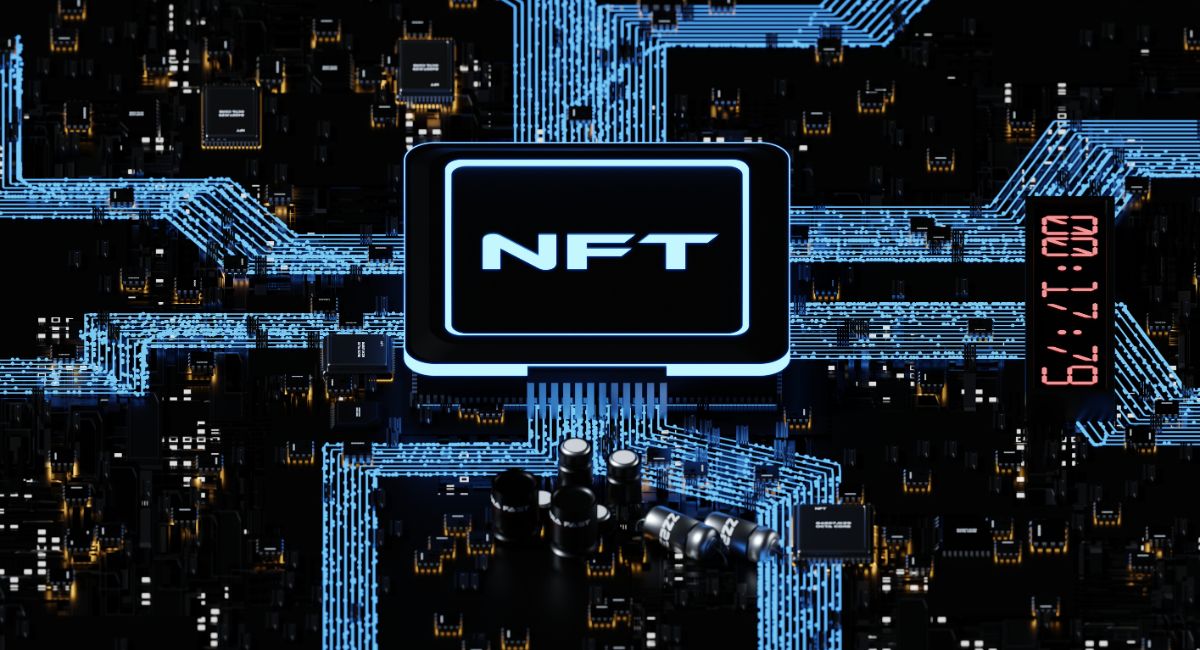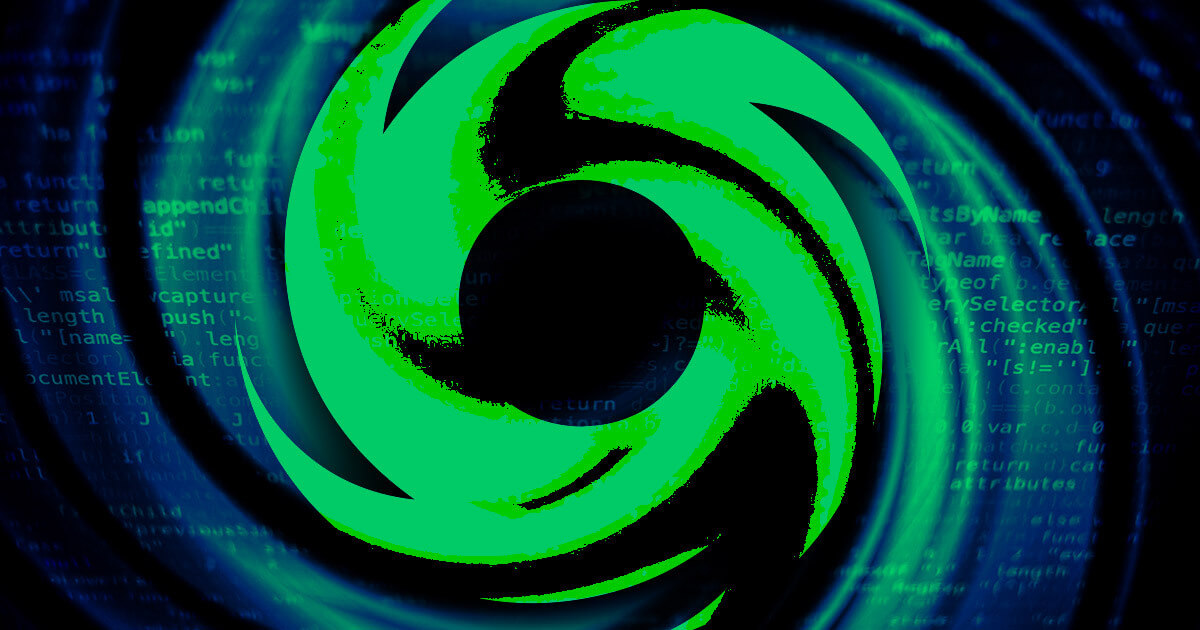Empowering artists and creators in Web 3.0

In recent years, the rise of the creative economy has changed the way we think about work and creativity. With the use of platforms like YouTube, TikTok and Instagram, anyone with a camera and an internet connection can become a creator and build a loyal following of fans. However, the creative economy has also highlighted the challenges NFT
In recent years, the rise of the creative economy has changed the way we think about work and creativity. With the use of platforms like YouTube, TikTok and Instagram, anyone with a camera and an internet connection can become a creator and build a loyal following of fans. However, the creative economy has also highlighted the challenges NFT artists and creators face in monetizing their work and building sustainable careers.
Enter NFTs – the new buzzword in the world of blockchain and cryptocurrency. NFTs, or non-fungible tokens, are unique digital assets that are stored on a blockchain and cannot be replicated. Often used to represent digital art, music, videos and other creative works, they allow creators to sell their work directly to buyers without intermediaries such as galleries, publishers or record labels.
For artists and creators, NFTs offer a new way to monetize their work and build a sustainable career. By creating and selling NFTs, artists can earn revenue directly from their fans without having to rely on traditional gatekeepers or middlemen. This gives them more control over their work and income, and allows them to build a direct relationship with their audience.
But NFTs do more than enable direct monetization. They also offer new ways for creators to engage with their fans and build communities around their work. For example, some NFT marketplaces offer features like social media integration, which allows creators to connect with their fans and share their work on popular platforms like Twitter and Instagram. Others offer gamification features, such as leaderboards and rewards, to motivate fans to engage with and collect their work.
Also Read – Top 10 NFT Marketplaces Support Creator Royalty
The potential for NFTs to transform the creative economy
In recent years, the rise of the creative economy has changed the way we think about work and creativity. With the use of platforms like YouTube, TikTok and Instagram, anyone with a camera and an internet connection can become a creator and build a loyal following of fans. However, the creative economy has also highlighted the challenges artists and creators face in monetizing their work and building sustainable careers.
Enter NFTs – the new buzzword in the world of blockchain and cryptocurrency. NFTs, or non-fungible tokens, are unique digital assets that are stored on a blockchain and cannot be replicated. Often used to represent digital art, music, videos and other creative works, they allow creators to sell their work directly to buyers, without intermediaries such as galleries, publishers or record labels.
For artists and creators, NFTs offer a new way to monetize their work and build a sustainable career. By creating and selling NFTs, artists can earn revenue directly from their fans, without having to rely on traditional gatekeepers or middlemen. This gives them more control over their work and income, and allows them to build a direct relationship with their audience.
The potential for NFTs to transform the creative economy is significant. By enabling direct monetization and community building, NFTs can help more artists and creators make a living from their work, without having to rely on traditional gatekeepers or middlemen. This can lead to a more diverse and vibrant creative ecosystem, where anyone with talent and drive can build a sustainable career.
One of the key benefits of NFTs is their ability to create scarcity and exclusivity around digital content. By creating an NFT, creators can turn their digital content into a unique and valuable asset, similar to a physical collectible. This allows them to charge higher prices for their work, creating a sense of exclusivity that can drive demand.
NFTs also offer new ways for creators to engage with their fans and build communities around their work. For example, some NFT marketplaces offer features like social media integration, which allows creators to connect with their fans and share their work on popular platforms like Twitter and Instagram. Others offer gamification features, such as leaderboards and rewards, to motivate fans to engage with and collect their work.
Despite the potential benefits of NFTs, there are also challenges to be overcome. NFTs are still a relatively new technology and there are questions surrounding their sustainability, scalability and availability. Some critics have also raised concerns about the environmental impact of NFTs, given the energy-intensive process of minting and trading them.
However, the potential for NFTs to transform the creative economy is too great to ignore. As more creators experiment with NFTs and more marketplaces emerge to support them, we can expect to see a wave of innovation and experimentation in the creator economy. For artists and creators, NFTs represent a powerful new tool for revenue generation, community building and creative expression.
𝐂𝐑𝐄𝐀𝐓𝐎𝐑 𝐄𝐂𝐎𝐍𝐎𝐌𝐎 🧵
𝟐𝟎𝟎𝟎’𝐬 – Rise of SM Platforms (Twitter, Facebook)
𝟐𝟎𝟏𝟎’𝐬 – From users to influencers (Tiktok, Youtube, Instagram)
𝐋𝐫𝐭𝐞 𝟐𝟎𝟏𝟎’𝐬 – The Rise of Creators (seek independence from SM platforms)
𝟐𝟎𝟐𝟎’𝐬 – The Creator Economy 1/2 pic.twitter.com/sWTR12Z7Fn
— MERGE Z 🎭 (@MERGEZ_NFT) 10 May 2023
Conclusion
NFTs have enormous potential to transform the creative economy as we know it. These unique digital resources give artists and creators an opportunity to monetize their work directly, without the need for traditional gatekeepers or intermediaries. By creating and selling NFTs, artists can establish a direct connection with their audience and gain greater control over their work and income.
NFT’s ability to create scarcity and exclusivity around digital content further improves their value proposition. Creators can turn their digital creations into unique and valuable assets, similar to physical collectibles, thereby commanding higher prices and fostering a sense of exclusivity among buyers.
Also, NFTs provide opportunities for creators to engage with their fans and build communities around their work. Integration with social media platforms and gamification features in NFT marketplaces facilitate direct interaction and motivate fans to actively participate and collect digital creations.
Although challenges such as sustainability, scalability and accessibility remain, the potential impact of NFTs on the creative economy cannot be underestimated. As more creators explore the possibilities of NFTs and new marketplaces emerge, we can foresee an era of increased innovation and experimentation within the creative ecosystem. NFTs offer artists and creators a powerful tool to monetize their work, build community, and unleash their creative potential in ways previously unimaginable.
While the journey towards fully realizing the transformative power of NFTs is ongoing, it is clear that they have already begun to reshape the landscape of the creative economy. By embracing this technology, creators can unlock new opportunities and forge their own path to success, revolutionizing the way we perceive and value digital art and creative content in the process.
























